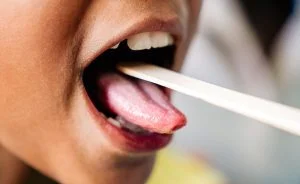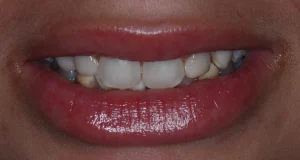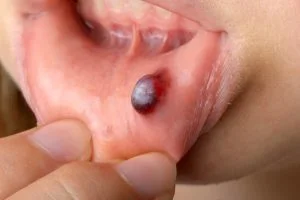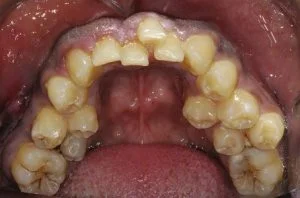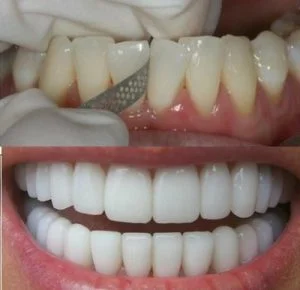Broken or Fractured Teeth
A fracture or breakage of a tooth
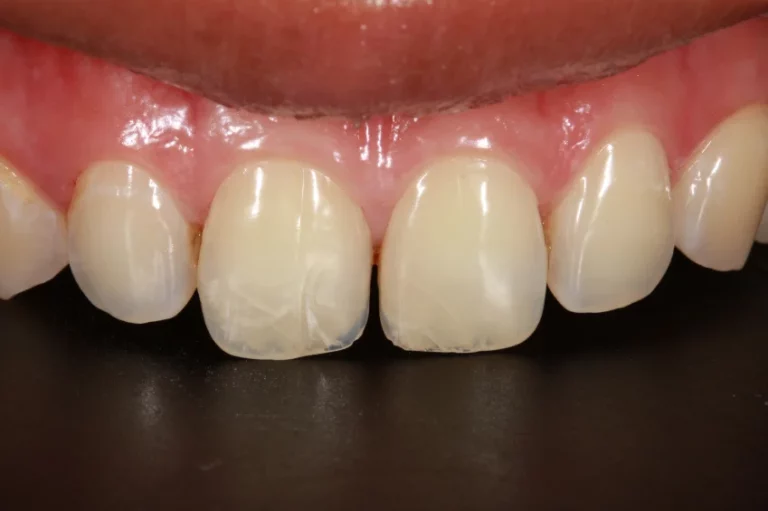
A fracture or breakage of a tooth is a painful experience. There are several causes that motivate this dental injury. An accident, a blow, untreated dental caries or natural wear and tear due to aging.
This type of dental injury is accompanied by different symptoms such as sensitivity, bleeding gums, inflammation, and difficulty eating, among others. The scenario can change depending on the severity of the injury.
Types of fractures
Generally, the break impacts the front teeth, the most visible. The injury can present different scenarios: splintering, partial breakage, and total breakage.
In the case of fracture, a fissure in the dental enamel, enamel fracture, and crown fracture can occur.
Causes of dental fracture

Some of the most frequent causes for which a tooth is broken or fractured are accidents in sports or an accident. In these cases, it is important to receive immediate medical attention to prevent collateral damage to the soft tissues of the mouth or -even- the loss of a tooth.
Another common cause of broken or fractured teeth is untreated tooth decay. When decay is not treated, it can spread to the pulp of the tooth, weakening the tooth structure and leading to injury (break or fracture).
In addition, a diet high in sugar and refined carbohydrates can increase the risk of cavities and, consequently, increase the possibility of cracked or fractured teeth.
Aging can also contribute to tooth fractures. Over time, teeth become weak from natural wear and tear and constant exposure to acidic foods and drinks. Teeth can also become weak if there is untreated periodontal disease, a condition that affects the supporting tissues of the teeth.

19 Natural Antibiotics to Ward Off Any Dental Infection
Sign up to receive daily email dentist tips and challenges, as well as our comprehensive Better smile Guidebook.
Treatment of dental fracture
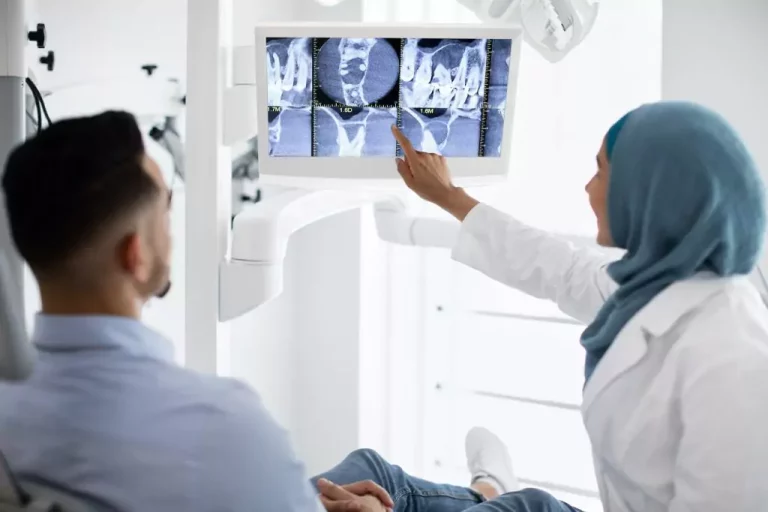
The fracture or injury of a tooth requires immediate attention to make a complete evaluation of the mouth. Depending on the severity of the fracture, the dentist may recommend treatment such as a filling, dental crown, or even tooth extraction if necessary.
In cases of traumatic injuries, an x-ray may be needed to assess damage to soft tissue and tooth structure. If the tooth has been fractured into multiple pieces, the dentist may recommend dental reconstruction or tooth extraction, if recovery of the piece is not feasible.
In the case of dental caries, the treatment can vary from a simple filling to a dental crown if the caries has impacted a large part of the tooth. In some cases, the decay may have reached the pulp of the tooth, leading to a root canal. If the damage is serious, the extraction of the tooth will be the option to follow.
Prevention of dental fractures
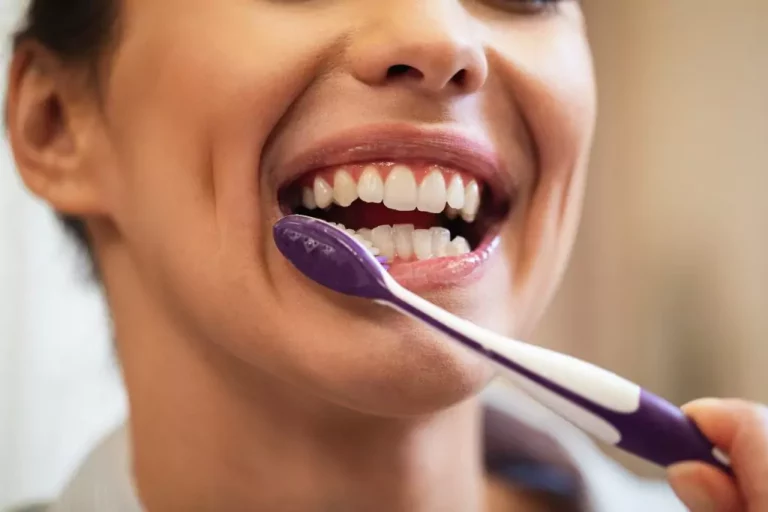
Maintaining good dental hygiene and a healthy diet is a good practice in preventing dental fractures and breaks. This includes practicing good dental hygiene.
Also, it is important to avoid biting on hard objects such as pencils or biting your nails, as this can weaken the teeth and increase the risk of fractures.
For sports practice, it is recommended to use a mouth guard to reduce the risk of injury.
Conclusion
Dental fracture is not something temporary
Tooth fracture is not something to be taken lightly. Early treatment can help minimize damage and prevent further complications.
For the dentist who attends the emergency, it is important to know the details of the event that caused the break or fracture of the dental piece. This information is valuable in determining the therapeutic route to follow.
In our directory of professionals, you will find different dental service alternatives that will provide you with the care that is required in this type of dental emergency.

19 Natural Antibiotics to Ward Off Any Dental Infection
Sign up to receive daily email dentist tips and challenges, as well as our comprehensive Better smile Guidebook.
Our Doctor
Meet Doctor

19 Natural Antibiotics to Ward Off Any Dental Infection
Sign up to receive daily email dentist tips and challenges, as well as our comprehensive Better smile Guidebook.




